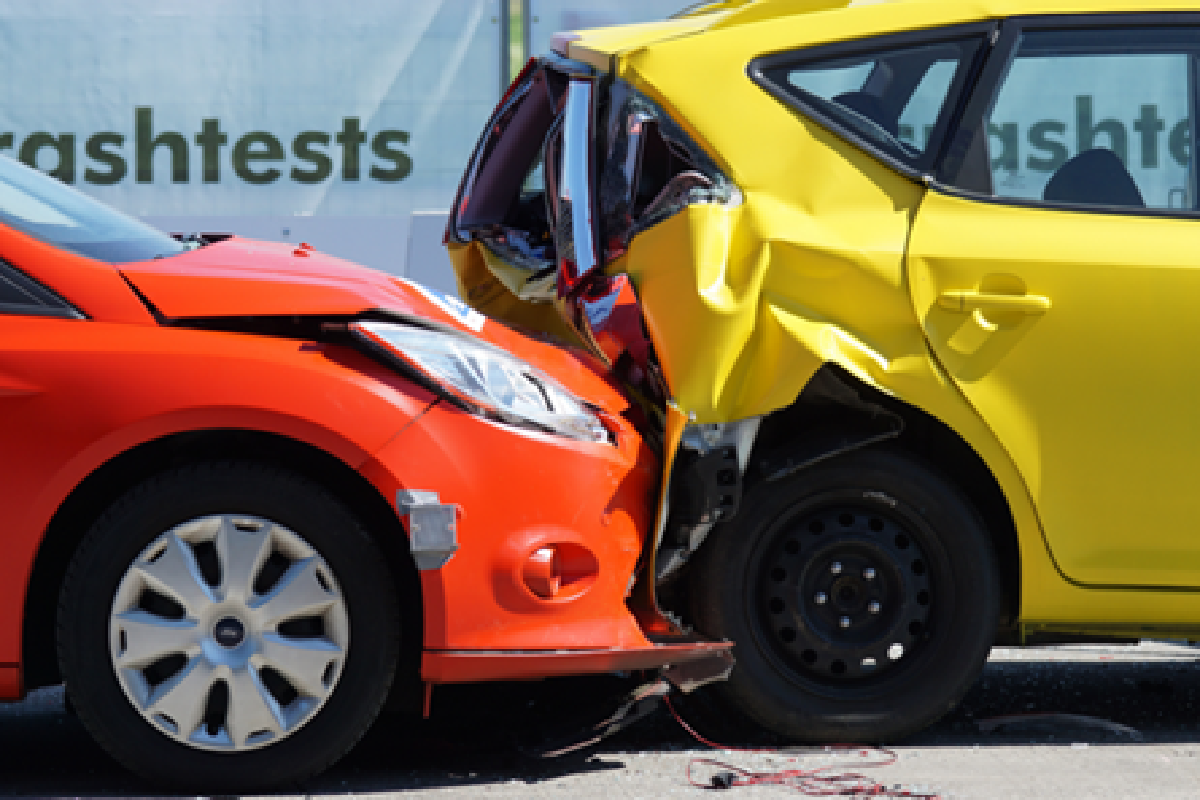Contents of this Post
ToggleRear-end collisions are among the most common types of car accidents. One moment you are driving normally, and the next, another vehicle slams into the back of your car. These accidents can leave victims with serious injuries, expensive repairs, and frustrating insurance disputes.
While it might seem obvious that the driver in the back is at fault, proving liability is not always as simple as it sounds.
San Diego, with its busy freeways and crowded streets, sees a high number of rear-end crashes. Traffic congestion, distracted driving, and sudden stops all contribute to these accidents.
A rear-end accident lawyer in San Diego can help you build a strong case if you’re in a similar situation. They can collect the right evidence and handle legal complexities.
Understanding how fault is determined is the first step in protecting your rights. The sections below touch on this topic.
Why the Rear Driver Is Usually at Fault
In most rear-end accidents, the driver in the back is held responsible. This is because every driver has a legal duty to maintain a safe following distance and react in time to avoid a collision. If a car stops suddenly, the driver behind should be able to stop as well.
However, just because fault is often assumed does not mean it is guaranteed. Some cases involve unique circumstances where the front driver may share responsibility. That is why gathering evidence and understanding the specifics of the crash is crucial.
Key Evidence to Prove Fault
If you were rear-ended and need to prove the other driver was at fault, strong evidence will support your claim. Some of the most useful forms of proof include:
- Police Reports: Officers who respond to the scene document important details such as skid marks, statements from those involved, and any traffic violations.
- Witness Statements: People who saw the accident can provide unbiased accounts of what happened.
- Traffic Camera Footage: San Diego has many traffic cameras that may have captured the accident, offering clear proof of how it occurred.
- Vehicle Damage Reports: The location and severity of the damage can help accident investigators determine fault.
- Medical Records: Injuries like whiplash are common in rear-end accidents and can support your claim by showing the impact of the crash.
The more evidence you can collect, the stronger your case will be when dealing with insurance companies or in court.
When the Front Driver May Be at Fault
Although rear drivers are usually responsible, there are situations where the front driver could be to blame. Some of these cases include:
- Suddenly reversing: If the lead driver unexpectedly moves backward, they may be held liable for the crash.
- Brake-checking: Some drivers intentionally hit their brakes to make another driver crash into them. This is reckless driving and could shift fault.
- Faulty brake lights: If the front car’s brake lights were not working, the rear driver may not have had enough warning to stop in time.
In these situations, the rear driver will need solid proof to argue that they were not fully at fault.
How a Lawyer Can Help
Proving fault is not always straightforward. Insurance companies often try to minimize payouts or shift blame to avoid covering damages. A rear-end accident lawyer can help by gathering evidence, handling negotiations, and ensuring you get fair compensation. Without legal support, accident victims may struggle to prove their case and risk settling for far less than they deserve.
Final Thoughts
Being involved in a rear-end collision is stressful, but knowing how to prove fault can make the recovery process easier. Whether it is through police reports, witness testimony, or expert analysis, having the right evidence can protect your rights and ensure you receive fair compensation. If you are dealing with a rear-end accident, taking the right legal steps now can make all the difference in securing a favorable outcome.

